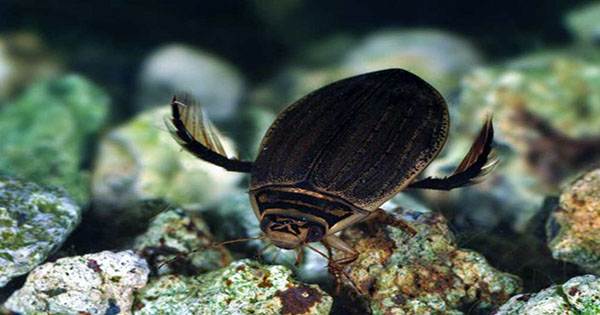The UK is at risk of being attacked by animals, plants, and germs that have not developed here. We can appreciate their potential environmental impact by comparing invasive species with oil spills. The effect of the oil spill is largely determined by the total amount of fuel leaking but it can be cleaned and becomes less intense over time. But when an alien species enters a new environment and is able to survive, its population may spiral out of control and continue to expand and influence the ecosystem long after its first appearance, eventually becoming harder to control.
Police are investigating concerns that non-native wildlife has been used on ITV reality shows – including cockroaches, whip scorpions, food scraps and crayfish – for fear that they may flee to Welsh countryside. Celebrities with cockroaches, spiders, and other exotic bugs may have fun in Australia, but this is a different story after bushtucker left for Trial Wales.
Even if a few insects or spiders could turn it into a Welsh countryside, their population could grow and compete with native wildlife – even food – to keep invading species of biologists at night. Homes associated with aggressive Asian horns have been recorded at least three times in the UK. If this species keeps foot, it could create a major health risk for humans and reduce the population of native bees.
One of the things scientists are most afraid of is the unknown. We can predict and prepare for invasive species that act as a new predator or competitor for native wildlife. But how do we begin to prepare for how they can carry countless diseases?
Our work at the National Horizons Center at Teesside University discovers how invasive parasites, such as viruses and bacteria, evolve and interact with native species as new identities are introduced elsewhere. . In some cases, like squirrels and crayfish, this disease can cause no symptoms in the invading host, but can kill native species.
Diseases, among others, can control aggressors and not cause them excessive damage. When the invasive monster shrimp was discovered in the UK in 2012, it created a lot of fear that the virus and both of them are increasing their ability to spread. However, we have also found parasites that can control populations by making shrimp sick, known as Cucumispora ornata, along with seedbed fungi. These examples highlight the critical role that invisible hiccups play in the invasion process, limiting or limiting the colon colonization power of their animal hosts.
I should set an example of the hustle and bustle around non-native insects of a celebrity. Other industries, including ornamental species and the tourism trade, have matched the risk of the spread of invasive species. We now need a number of protection measures that use the wildlife of television programs to protect the survival of endangered species and to prevent them from becoming extinct at our doorsteps.
















